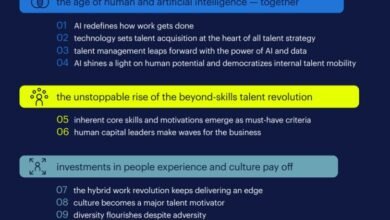
Source | www.visier.com | www.visier.com
A version of this article first appeared on LinkedIn Pulse.
When it comes to people analytics, there are always more questions than answers. The newness of the field, the complexity of human behavior, and the ever-changing nature of organizations generate a huge list of potential questions. It can be easy for the aspirations and imagination of business leaders to overwhelm their people analytics teams with demands and unrealistic expectations.
The drive to deliver and show progress leads people analytics teams to overextend. However, the fastest way to lose the interest of key executive stakeholders is to miss their expectations. Every emerging or growing people analytics team needs a process for identifying which questions get answered and which don’t.
Over our 10+ years in the people analytics space, Visier has supported hundreds of teams to get established and scale their impact. From this, we have identified and built a rich knowledge base of what works and what doesn’t. The following decision model is the result of that work. It can help you quickly assess, justify, and explain the work that your people analytics team will and won’t do.
Phase 1: Determine project viability
It’s easy to generate interesting questions about how people are impacting the business. One of the most exciting aspects of people analytics is that there are more questions than answers. The opportunities to find new knowledge, new approaches, and to differentiate the business through people programs are enormous. Still, all organizations have finite resources, and there’s no way to allocate resources to every question that comes up.
This combination of factors leads to the need for a decision model that focuses on balance. The model needs to balance multiple components related to value, data, and resources. The goal of the model is to establish which projects or “products” are a go, and which aren’t. In doing so, it needs to cover the spectrum of possibilities, from the most basic of reports to the most compelling and complex options for new research.
The three components are as follows:
a. Value: The goal of any people analytics activity should be to generate value for the business. It’s easy to lose sight of this when mired in all of the complex references and permutations of people data. In simple terms, organizations spend up to 80 cents of every expense dollar on their people. Actions or decisions which improve outcomes related to people will deliver value to the business.






